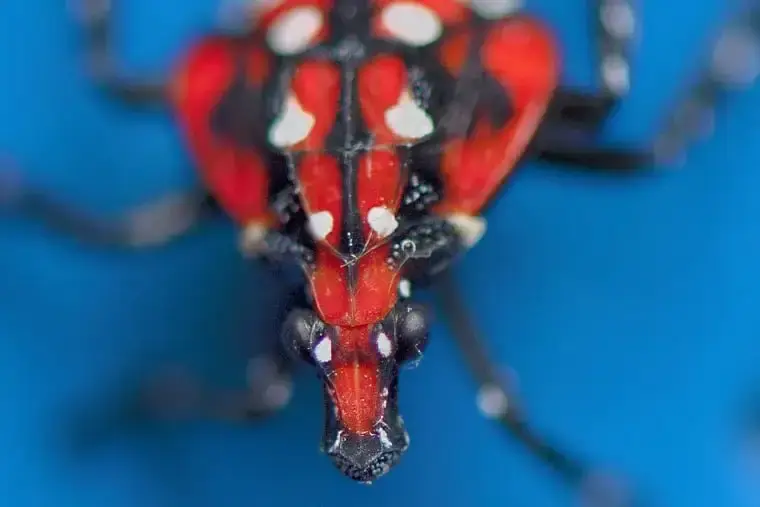- cross-posted to:
- treehuggers@slrpnk.net
- entomology@mander.xyz
Linked article is about Pennsylvania, but note that Cornell recently announced these lanternflies have invaded the New York grape-growing region of the Finger Lakes: https://cals.cornell.edu/news/2024/07/spotted-lanternfly-found-finger-lakes-region
Also, they are up in Connecticut now: https://www.ctpublic.org/news/2024-07-25/spotted-lanternfly-connecticut-grapes-crops
Researchers from Pennsylvania State University’s College of Agricultural Sciences used an economic assessment software program to estimate potential damage and said in the worst-case scenario the damage could climb to half a billion dollars annually.
“I mean, look, it made it to Pennsylvania from China in one shot,” Walsh said. Lanternflies invaded the U.S. attached to a stone shipment sent to a local landscaping company.
“The reality is that some of those assumptions have not played out as predicted. Far and away, lanternflies are not the fire and brimstone, doom and gloom situation that they were originally feared to be,” Walsh said. “Except for grapes — it’s been worse than expected for grapes.”
While extremely disruptive to the wine and grape industry, the spotted lanternfly is not as damaging to hardwood trees used for timber as previously thought, according to 2023 research from Penn State’s Entomology Department.
According to Penn State researchers, the heaviest hit vineyards lost up to 90% of their grapevines.
Grape growers can’t just immediately replace a grapevine either. Creato said it takes up to three years for grapevines to bear fruit and five to seven years to be ready for wine.
Walsh said there is a trend of lanternflies arriving in an area, growing in numbers rapidly for a few years, and then declining for another few years. “But in that sigh of relief, the question is then, ‘Why?’” he said.
“It’s a complex bug that still has lots of secrets that we’re slowly working out,” Walsh said. “Everyday citizens reporting back information and doing the ‘lanternfly stomp’ as they went about their daily travels absolutely had a positive effect in slowing the spread.”


